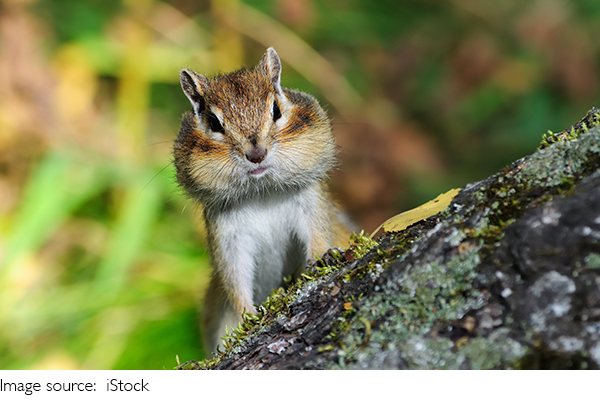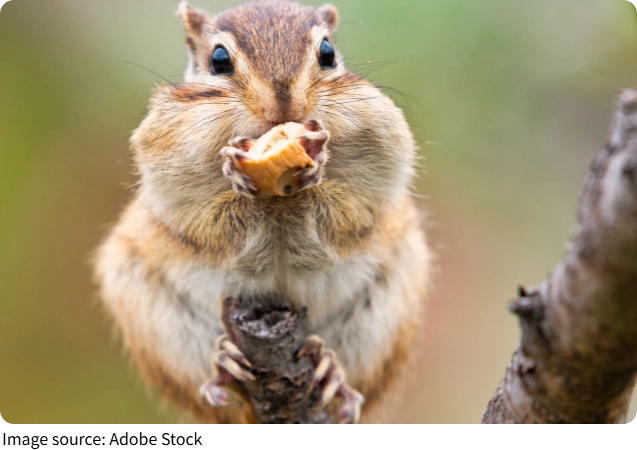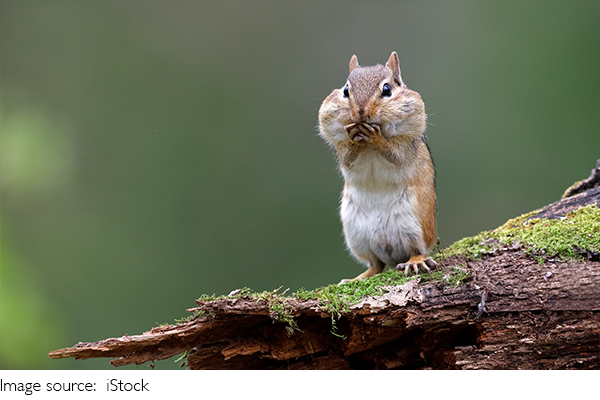Meet The Chipmunks

Have you ever stopped to wonder about those tiny striped creatures that scurry quickly through forests and parks? Yes, we’re talking about chipmunks! They may be small, but their lifestyle and habits are fascinating.
Let’s dive into the detailed life of chipmunks, uncovering where they live, how they survive, and why they continue to thrive despite their delicate size. This will be a fun journey full of interesting facts and practical details.
What Exactly Are Chipmunks?
Chipmunks belong to the genus Tamias, a group within the squirrel family but much smaller in size. Most chipmunks weigh around 100 grams, which is roughly the weight of a small apple. Their average lifespan is between 5 to 10 years, and they are active during the day. There are 25 species of chipmunks globally, with some living in North America, and others, like the Siberian chipmunk, found in parts of Europe and Asia.
Where Do Chipmunks Call Home?
The living environments of chipmunks are quite broad. They thrive in plains, hills, and mountainous areas where forests dominate. You can find them in needle-leaf forests, broadleaf forests, or mixed forests, often surrounded by dense shrubs. Chipmunks usually settle along forest edges and near bushes, and they are comfortable in low mountain hills and farmlands with plenty of tree roots and stones.
What’s really interesting is how they build their homes. They dig burrows near the roots of trees or bushes, and sometimes take advantage of natural cracks in rocks or terraces built by farmers. These homes are essential for shelter and protection.

Where Are Chipmunks Found Around the World?
Chipmunks are found across several continents. The Siberian chipmunk, for example, lives in northeastern Europe and northern Asia, mainly in vast forested areas. In North America, the eastern chipmunk lives in the eastern United States and Canada, while other species mainly inhabit the western regions of North America.
Are Chipmunks at Risk?
Despite their small size, chipmunks are doing quite well in terms of population. Their habitats cover wide areas, which helps avoid risks related to limited living space. According to research, chipmunks don’t meet the criteria for being at risk or endangered. This means their population numbers are stable, their habitat quality remains good, and they aren’t fragmented into isolated groups.
In short, chipmunks are not endangered. Their ability to live in various environments and build secure homes helps keep their populations strong.
Why Should We Care About Chipmunks?
Chipmunks play an important role in their ecosystems. By collecting and storing seeds, they help with forest regeneration and plant spread. Their burrowing also aerates the soil, which benefits plants. Observing chipmunks can also bring joy to nature lovers, reminding us of the small wonders around us.

Some Practical Tips for Spotting Chipmunks
If you want to see chipmunks in their natural habitat, the best time is during the daytime when they are active. Look around forest edges, bushes, and rocky areas with plenty of roots. Move slowly and quietly, as chipmunks are very alert and quick to hide.
Remember, respect their space and avoid disturbing their homes. With patience, you might catch a glimpse of these little striped runners!
Let's Appreciate These Tiny Wonders
We hope you enjoyed this detailed look at chipmunks. These small creatures have adapted well to different environments and continue to thrive without facing the danger of extinction. Next time you see a chipmunk darting across a trail or hiding among bushes, you’ll know more about its life and why it’s such an important part of nature.
Lykkers, if you ever have the chance, take a moment to observe chipmunks closely — they are truly fascinating little animals that remind us how much life is happening right under our noses.
Thank you for joining us on this journey into the world of chipmunks. We’d love to hear if you’ve ever seen one or have other nature questions. Let’s keep exploring together!
11 (New) Chipmunk Facts You Didn't Know [Must Check #5]
Video by Grow Kido


